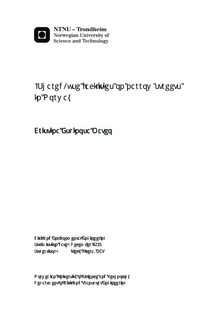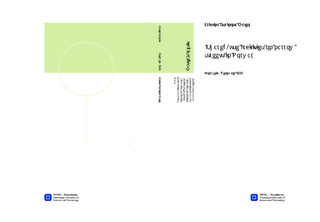| dc.description.abstract | Bicycling is a very common mode of transport in countries with a suitable and feasible bicycle network. Many efforts have focused on separated bicycle facilities, but these solutions are not possible on all types of roads. This thesis focuses on suggesting shared-use bicycle facility solutions for these roads where there is not enough space to provide a separated bicycle solution. Safety should be reached in all the situations since motorists and bicyclists share the same space on the road. Shared use bicycle solutions in different countries in Europe and US are studied in order to provide a shared solution in Norway. Advisory lanes, bicycle streets, contraflow bicycling lanes, shared use condition with and without on-pavement markings and woonerfs are the different solutions studied. Way finding measure is used in many countries.To provide the suitable solution, street traffic regime (traffic volumes and speed limit) and width of the road are essential factors.From other countries solutions and the Norwegian recommendations about shared use facilities, suggestions are given for one lane, two lanes and parking streets types design registered in the Norwegian design guideline 017 in these situations in which traffic volume is less than 4.000 vehicles per day or speed limit is less than 50 km/h. For the lowest volume and speed limit type designs, width of street is similar to the other countries, for the highest, width of the streets is narrower, which rises the doubt if the solution given is totally feasible. Seven streets have been studied in the city of Trondheim. To provide the most feasible solutions, on-streets factors including width of the street, AADT, speed limit, on-street parking, restrictions and vertical signs in the road are essential. All the streets are less than 3.000 vehicles per day and 30 km/h as a speed limit, and most of them are less than 1.000 vehicles per day (quiet and pleasant environment) in which shared use solution without on-pavement markings is proposed, except if it is on-street parking where on-pavement marking is suggested. In case of higher traffic volumes and presence of heavy vehicles, the width of the street is not wide enough if comparing with the solutions from others countries.Vertical signs at the beginning and at the end of the street and way finding around the city are suggested to improve the shared use solution individually and the bicycle network.To assess the effectiveness of the solution, both observations in situ before and after the measure is adapted and surveys to cyclists and motorists, are suggested. | nb_NO |

